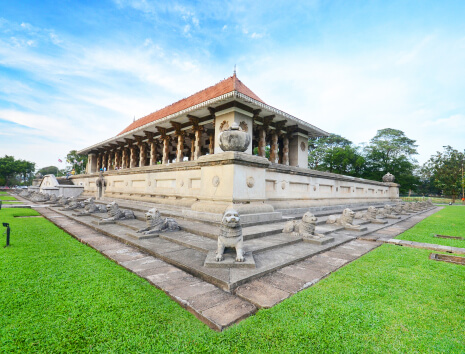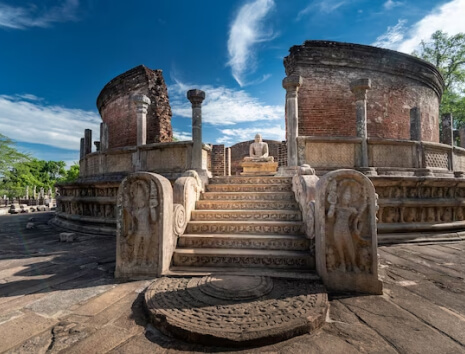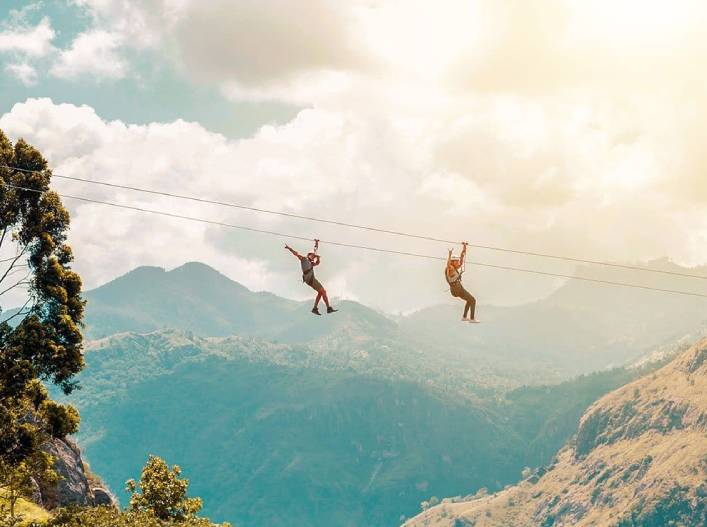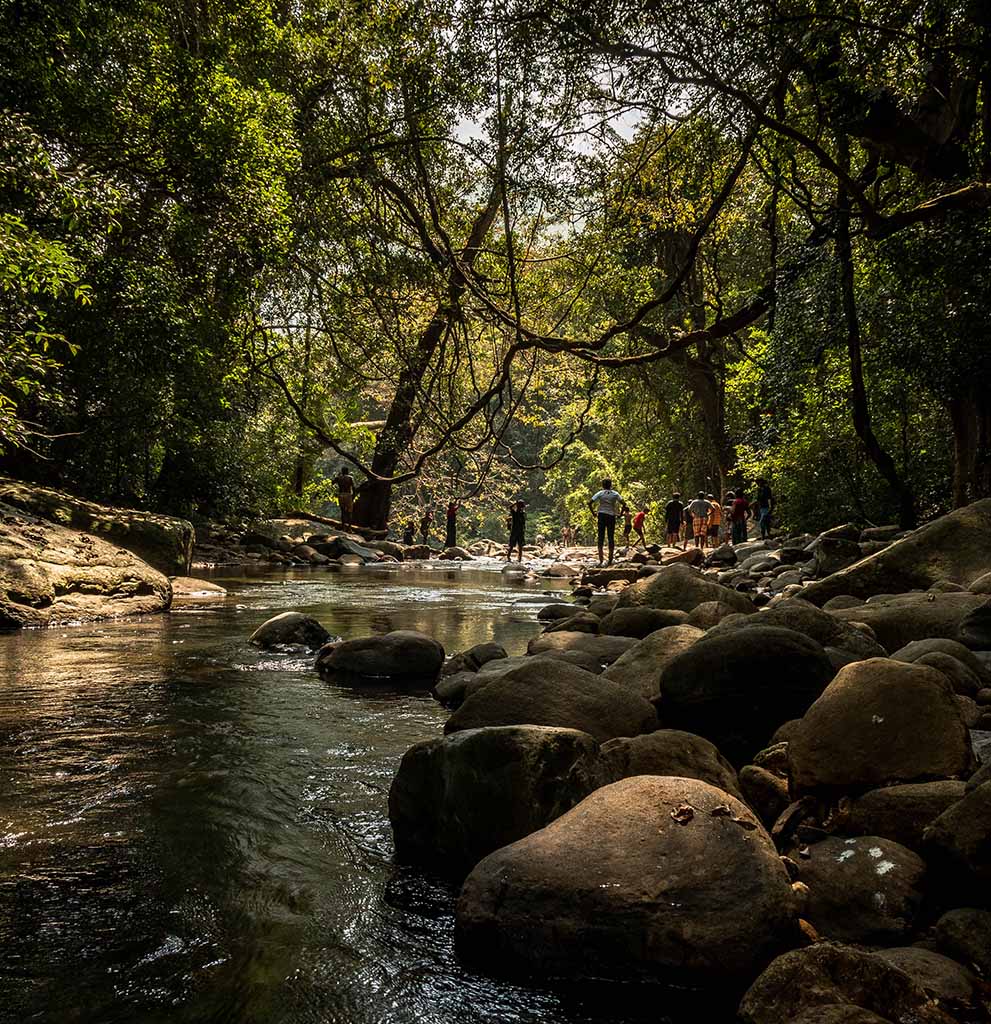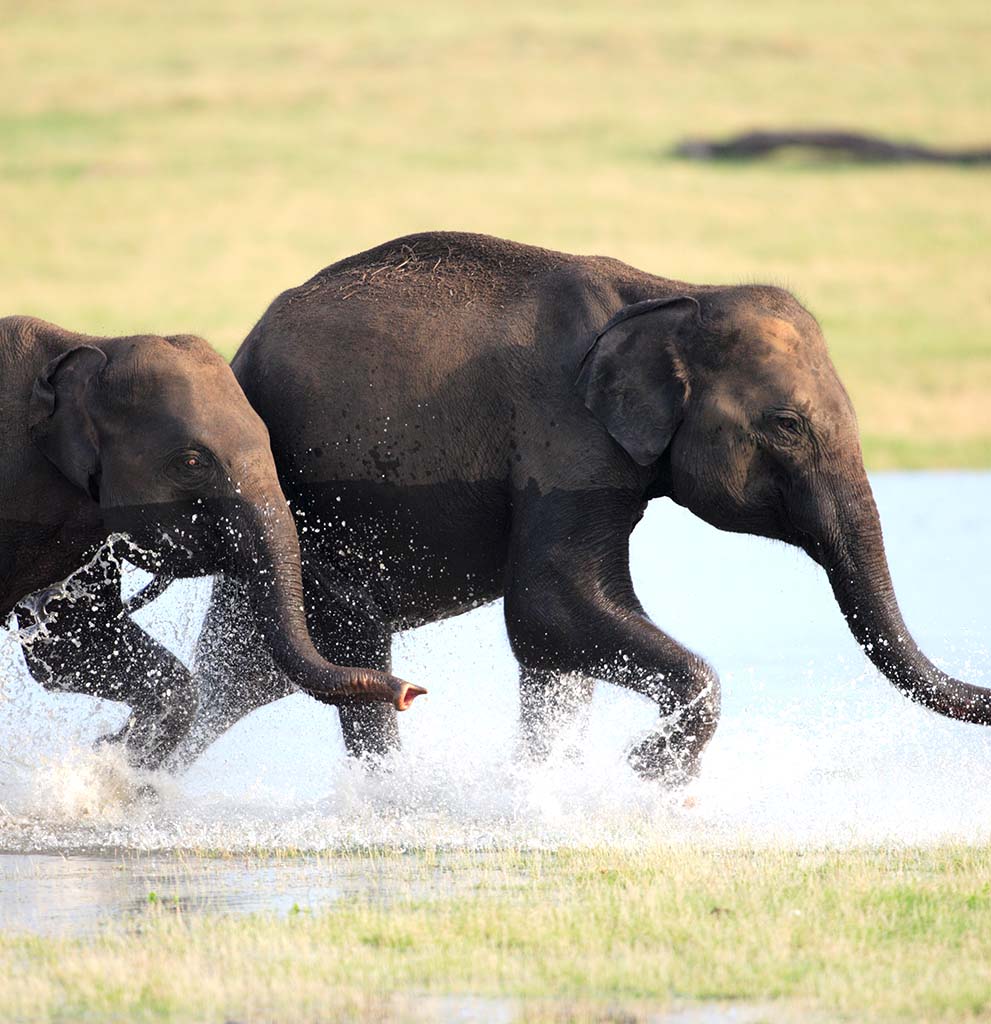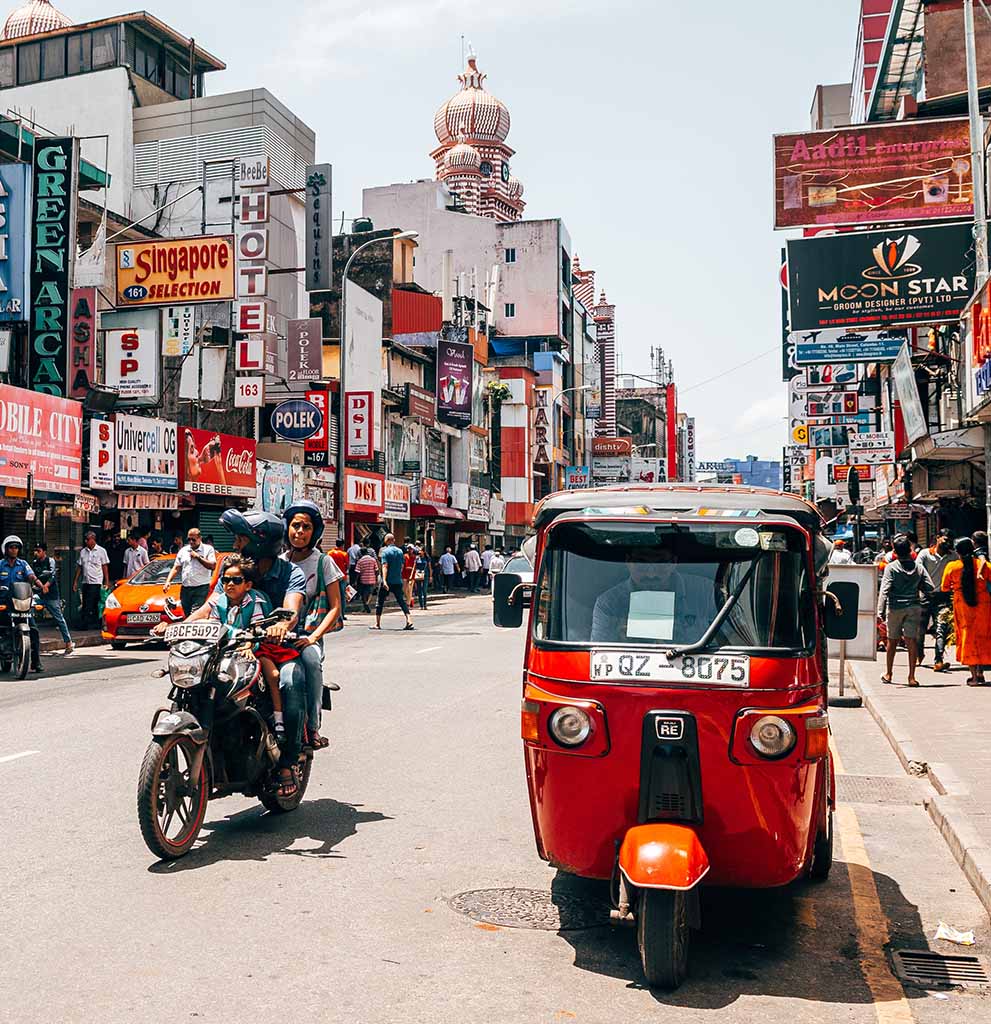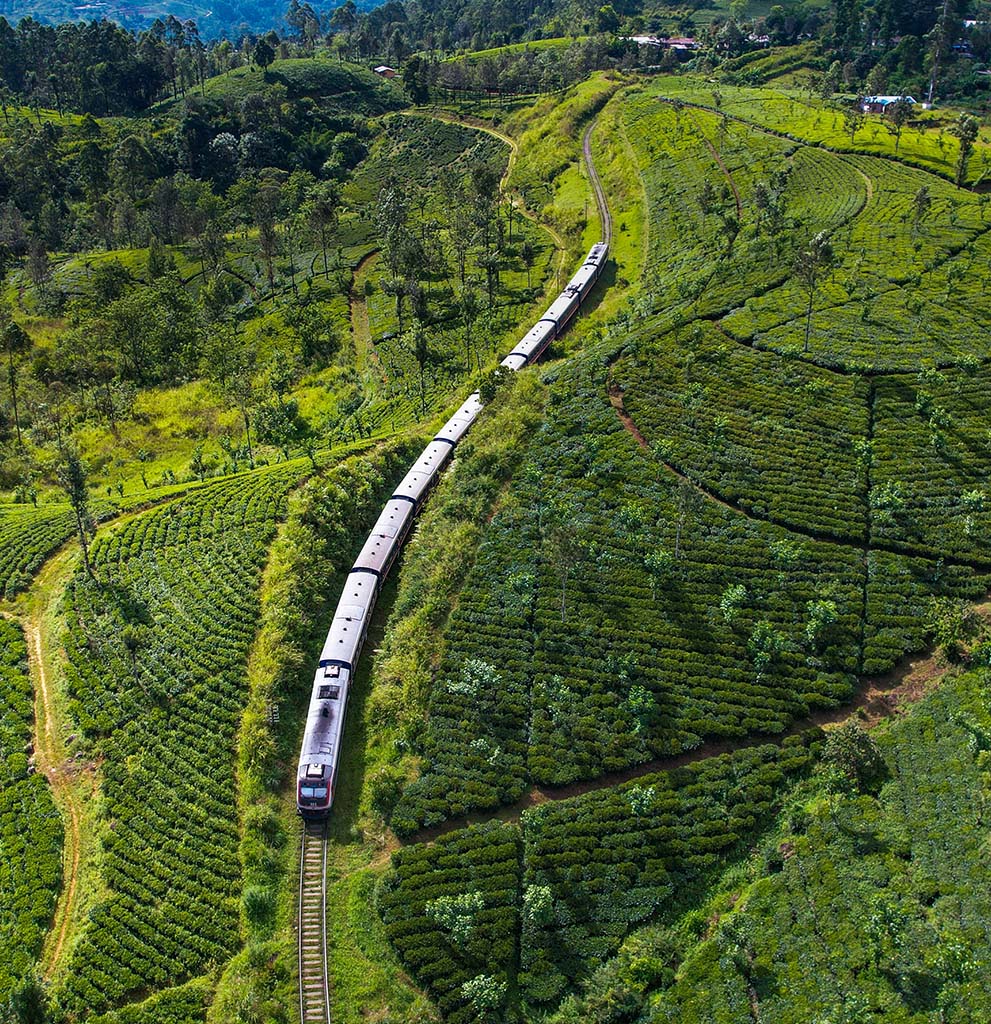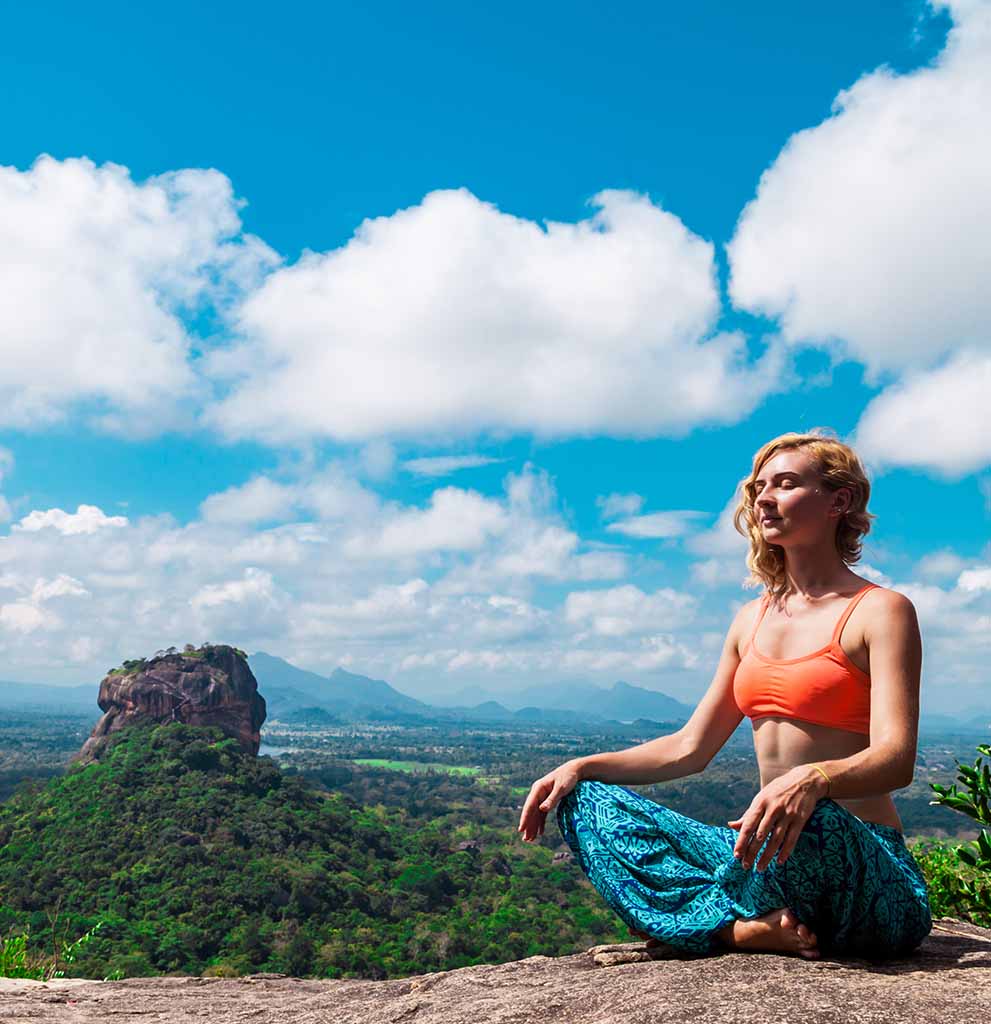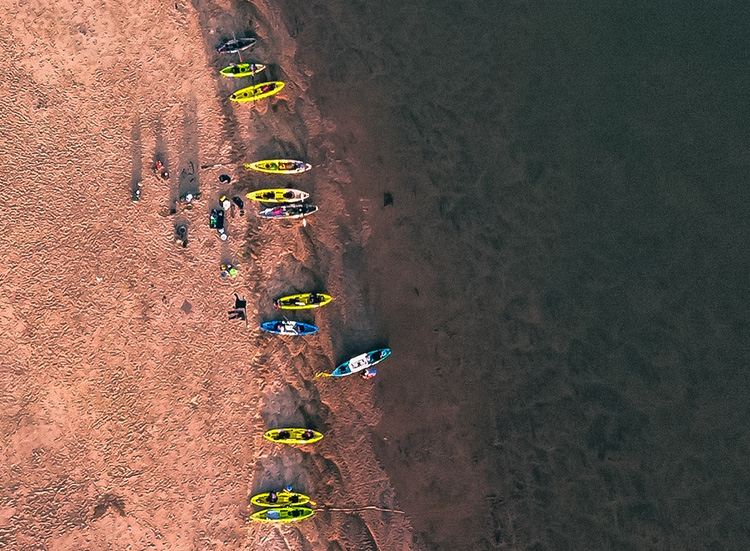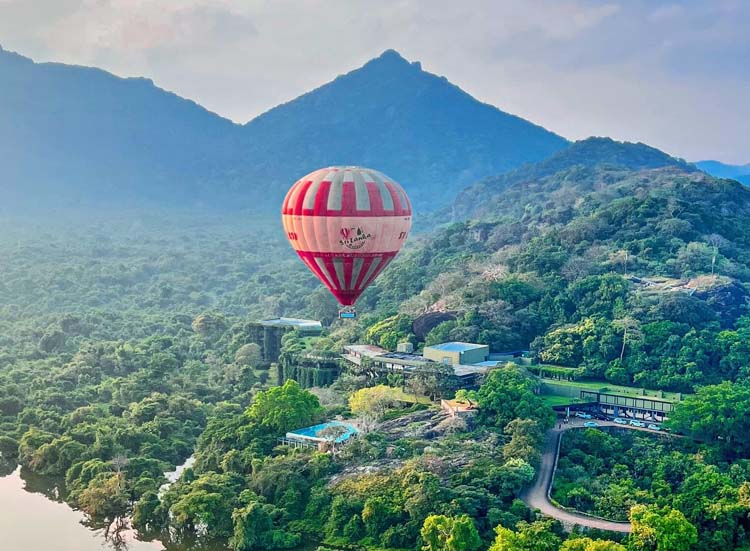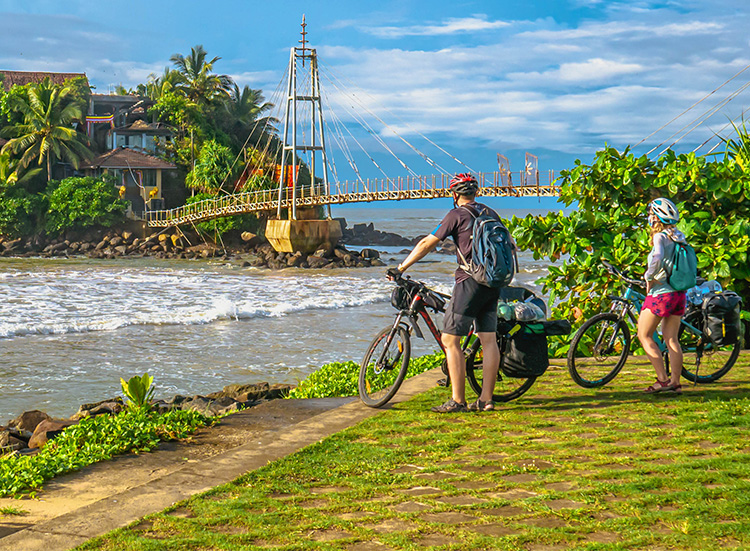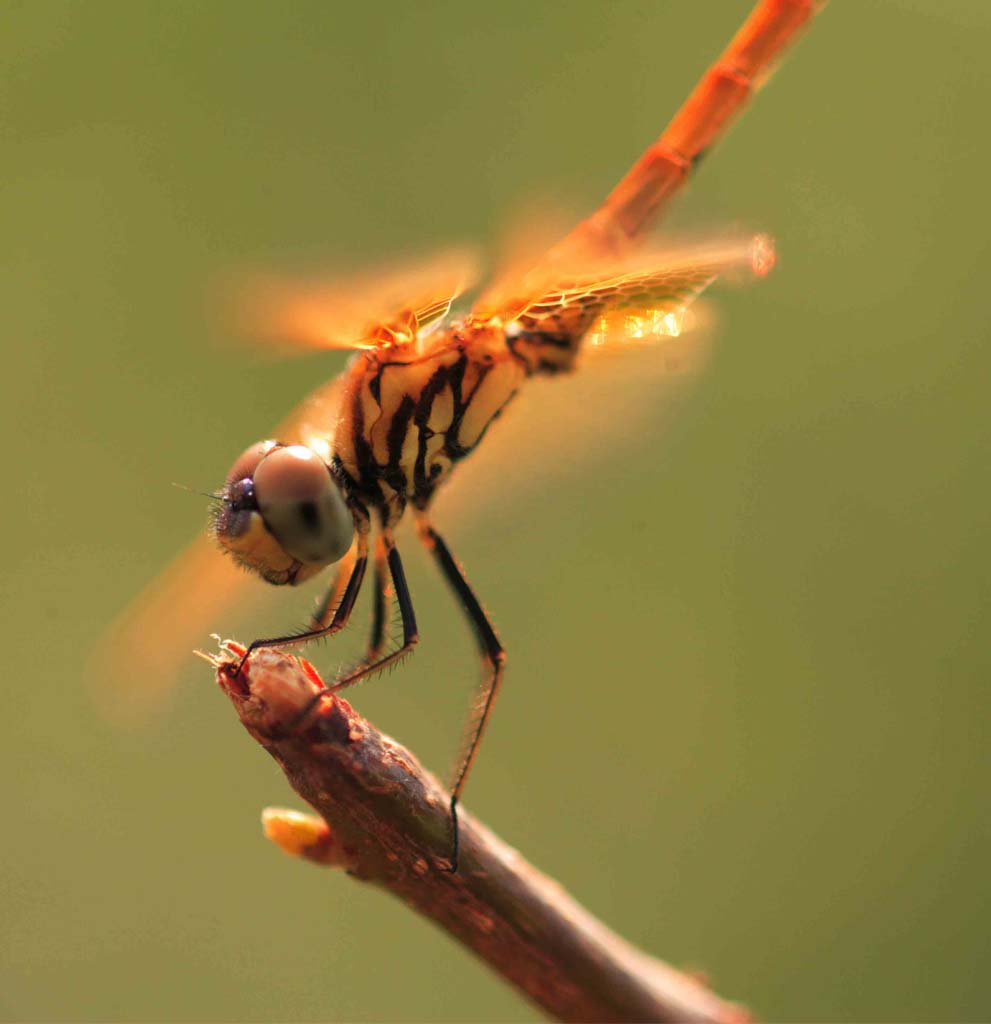Menu
WAY
Misty mountains, biodiversity hotspots and scenic tea country
Central Highlands of Sri Lanka
Closest Town
Nuwara Eliya
The Central Highlands, comprising Horton Plains, Peak Wilderness and Knuckles Conservation Forest, form Sri Lanka’s highest and most ecologically rich regions. Home to unique flora, rare wildlife and breathtaking landscapes, these highlands are a UNESCO treasure. Visitors encounter cloud forests, rolling tea estates, cascading waterfalls and dramatic escarpments, making it a haven for nature lovers and trekkers.
- Horton Plains & World’s End cliffs
-
Knuckles biodiversity trails
-
UNESCO Heritage since 2010
The Central Highlands of Sri Lanka, inscribed as a UNESCO World Heritage Site in 2010, encompass three distinct and ecologically vital areas, Horton Plains National Park, the Knuckles Conservation Forest and the Peak Wilderness Protected Area. Situated over 2,000 metres above sea level, this region is often wrapped in mist, lending it a mystical charm.
Horton Plains is famed for its rolling grasslands, cloud forests and dramatic escarpment known as World’s End, where the land suddenly plunges 880 metres. The plains are also home to Baker’s Falls, endemic bird species and the elusive Sri Lankan leopard.
The Knuckles Mountain Range, named for its resemblance to a clenched fist, is a biodiversity hotspot with challenging trekking trails that wind through forests, rivers and remote villages. It harbours species found nowhere else on Earth, making it an ecological wonder.
The Peak Wilderness Protected Area is dominated by Sri Pada (Adam’s Peak), a sacred mountain revered by Buddhists, Hindus, Christians and Muslims alike. Pilgrims and hikers ascend its slopes for the panoramic sunrise and to pay homage to the sacred footprint at its summit.
Together, these highlands represent Sri Lanka’s ecological crown, blending natural splendour, cultural reverence and unparalleled biodiversity into one breathtaking landscape.



